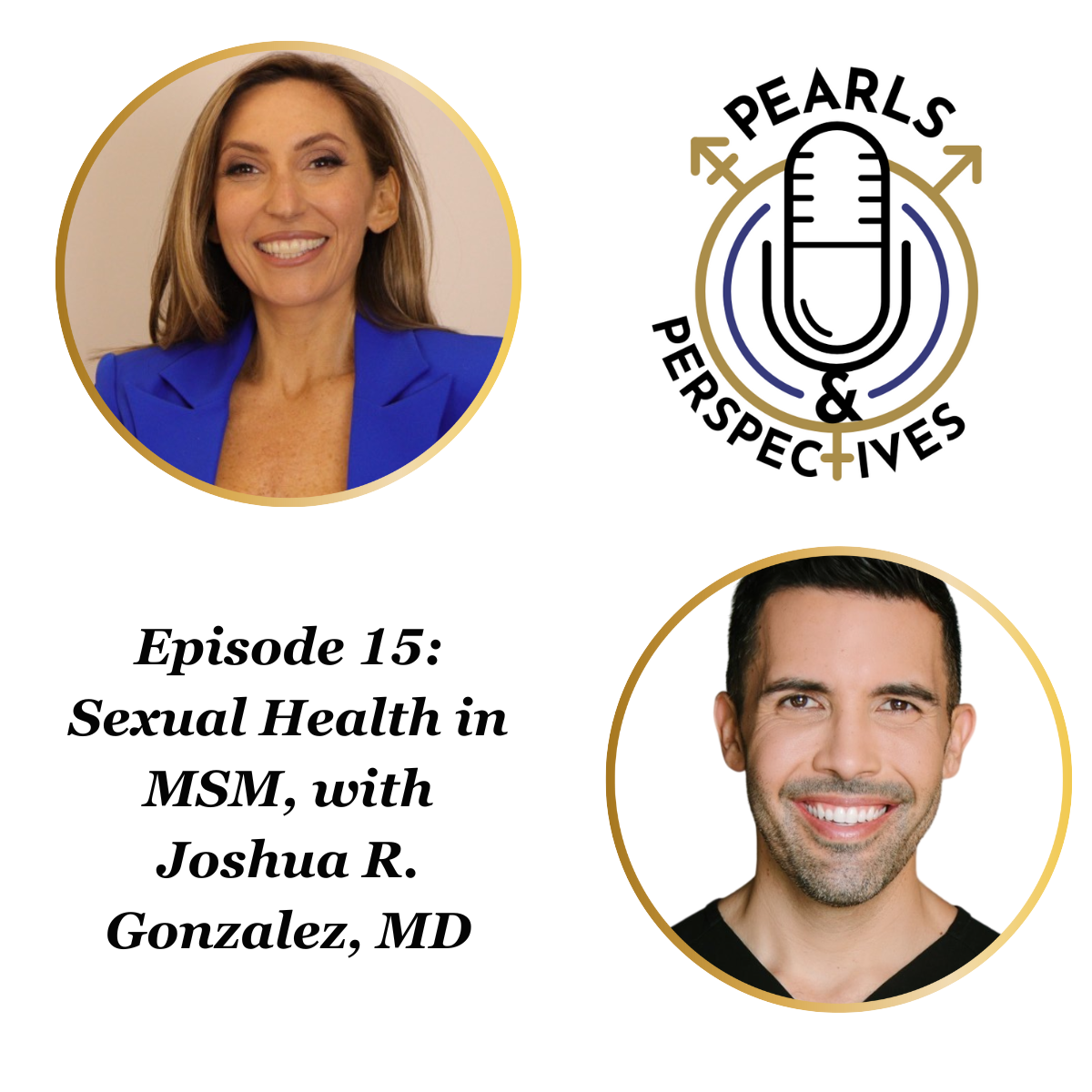Article
Oncologic outcomes equal for robotic, open RP, even in high-risk patients
In the hands of high-volume surgeons, there is no evidence to suggest that robot-assisted laparoscopic prostatectomy (RALP) results in worse oncologic outcomes than open radical prostatectomy, even for patients with high-risk cancer, according to a retrospective study of patients operated on at a large tertiary care center.
In the hands of high-volume surgeons, there is no evidence to suggest that robot-assisted laparoscopic prostatectomy (RALP) results in worse oncologic outcomes than open radical prostatectomy, even for patients with high-risk cancer, according to a retrospective study of patients operated on at a large tertiary care center.
The equivalent outcomes could be attributed to "adherence to the oncologic principles of the operation, which included a thorough pelvic lymph node dissection and a focus on surgical techniques to reduce positive margins," said lead study author Jonathan Silberstein, MD, of Memorial Sloan-Kettering Cancer Center, New York.
Early oncologic outcomes were compared between a group of 961 patients who underwent open prostatectomy and 493 who underwent RALP performed by four high-volume surgeons between 2007 and 2010. About two-thirds of the patients in each group were classified as either medium or high risk according to National Comprehensive Cancer Network (NCCN) risk status. About half in each group had clinical Gleason 7 disease. Ten percent in the open RP group and 8% in the RALP group had positive lymph node invasion.
Biochemical recurrence was defined as a PSA level ≥1.0 ng/mL or any measurable PSA followed by further therapy for cancer.
The pelvic lymph node dissection was performed using a template that included, at a minimum, the external, obturator, and internal nodal packets.
Postoperatively, 10% had Gleason ≥8 disease (11% who underwent open RP vs. 8% who underwent RALP) and 15% had positive surgical margins.
Using a multivariable Cox regression model, the hazard ratio for biochemical recurrence for RALP compared with open RP (adjusting for preoperative risk) was 0.88, which was not significant (p=.6). Using NCCN risk as the covariate in a Cox model yielded virtually identical results (hazard ratio: 0.74; p=.2).
The overall adjusted 2-year probability of recurrence was 4.1% for RP and 3.3% for RALP. Two-year probability of recurrence analyzed by surgeon, adjusted for risk, ranged from a low of 2.5% to a high of 4.8%.
Newsletter
Stay current with the latest urology news and practice-changing insights — sign up now for the essential updates every urologist needs.















